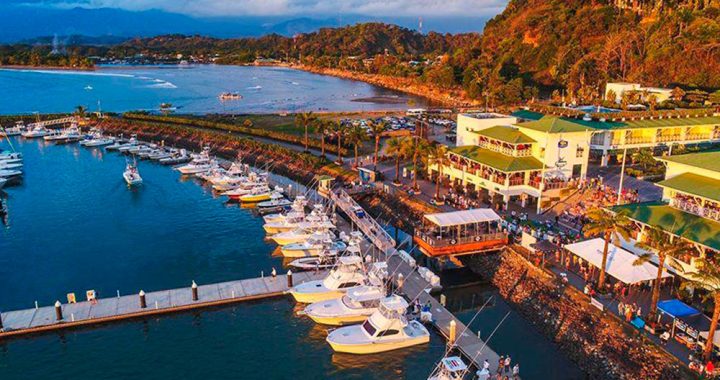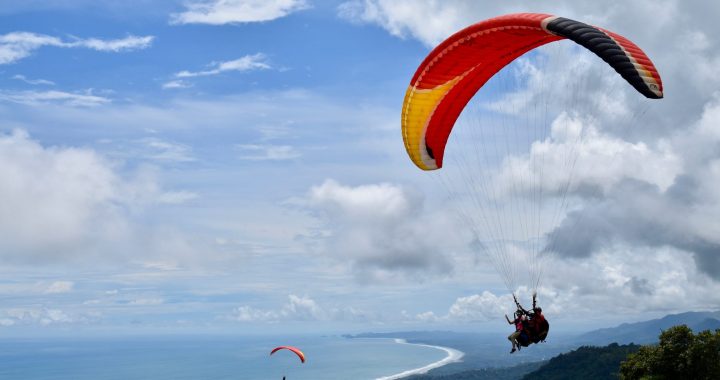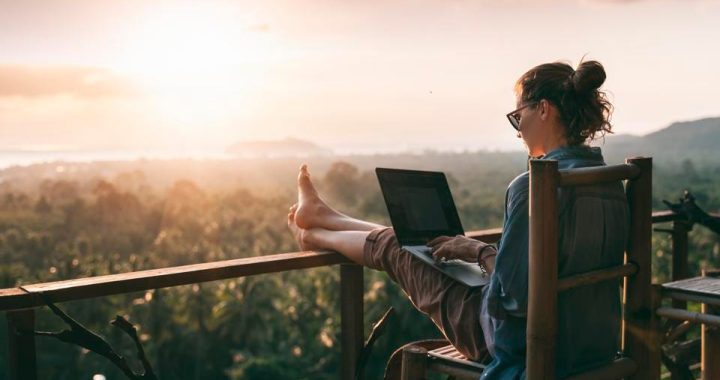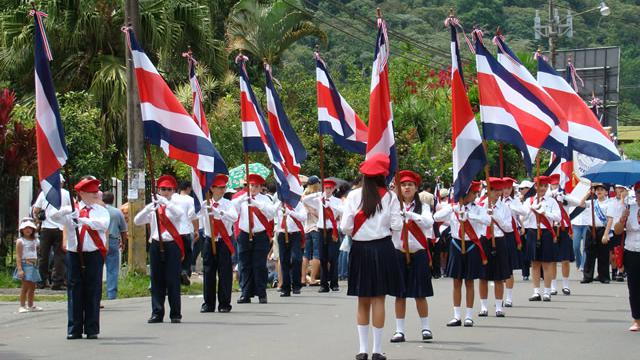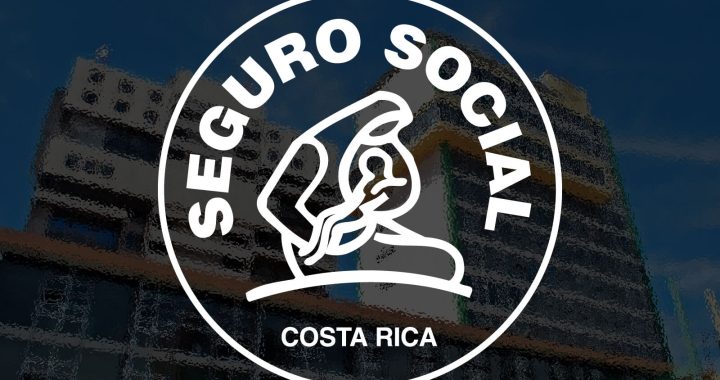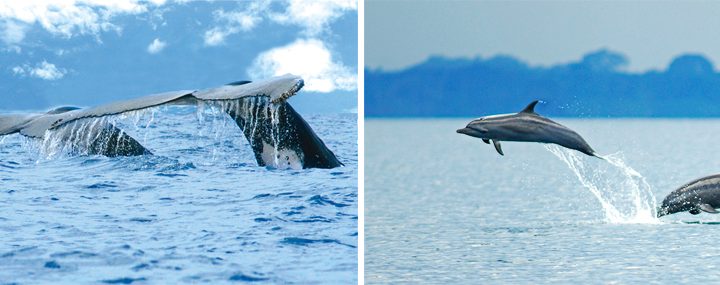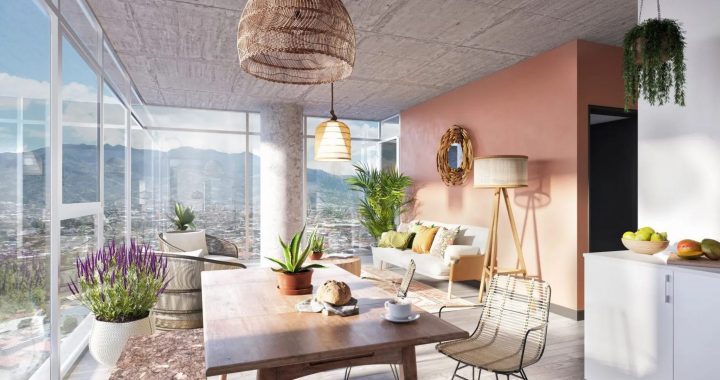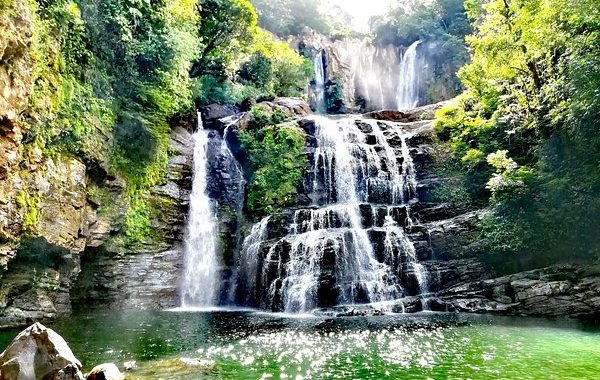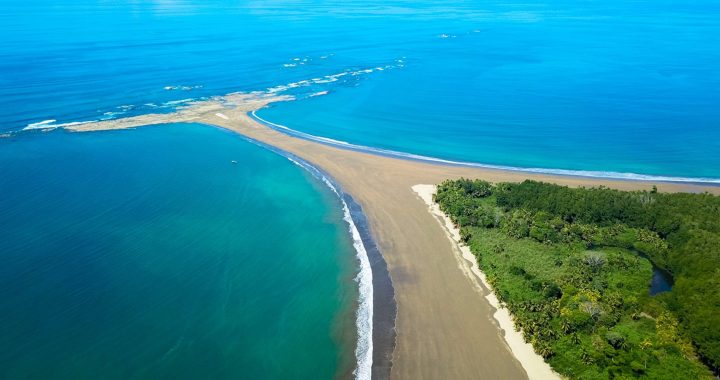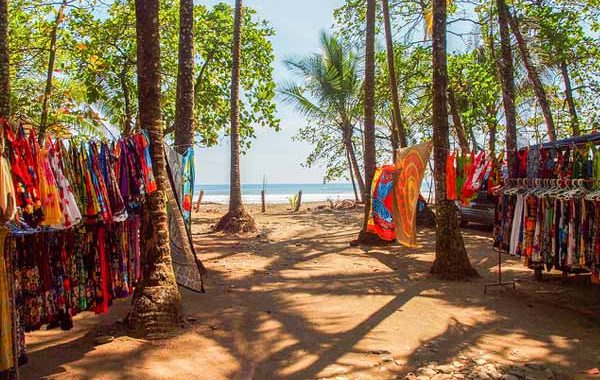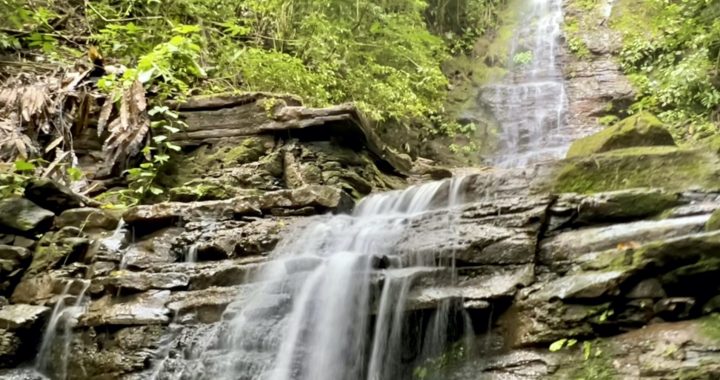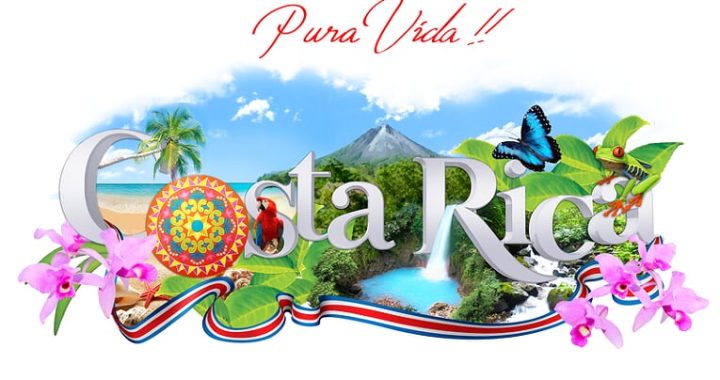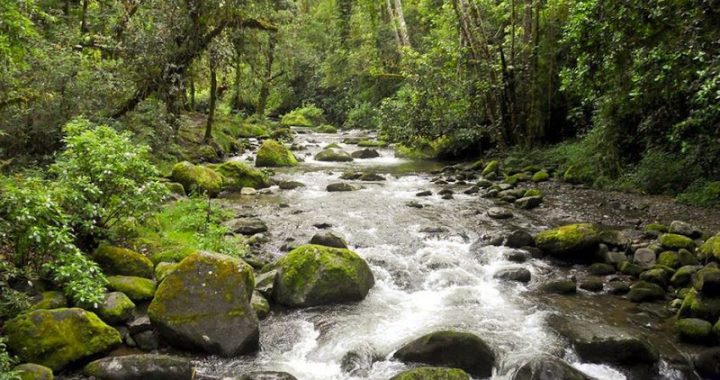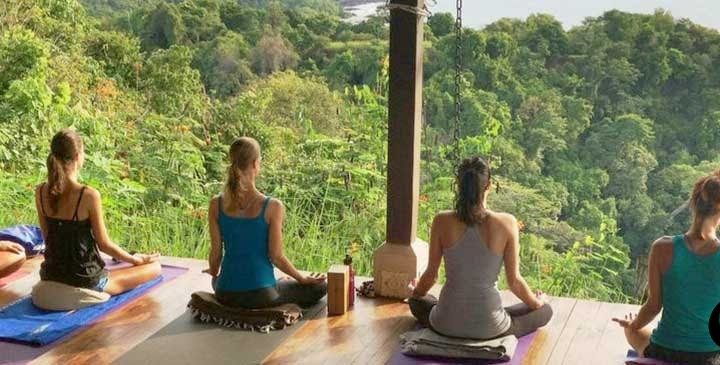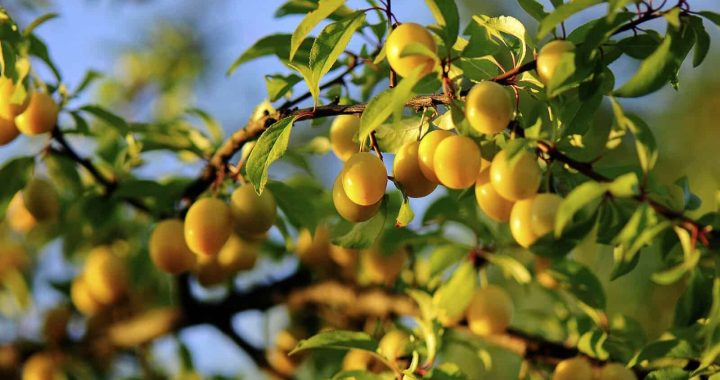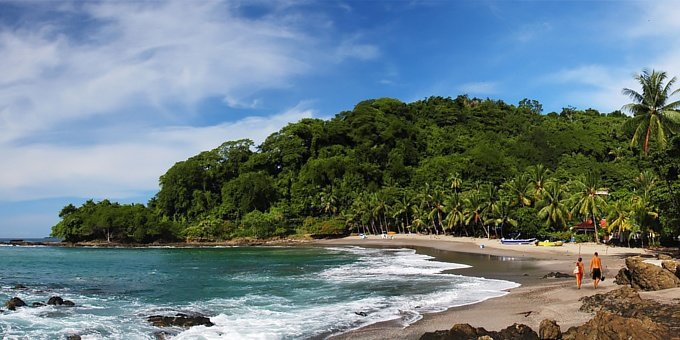Nestled along Costa Rica’s stunning Pacific coast lies a hidden gem that mariners, travelers, and adventurers alike can’t help but fall in love with—Marina Pez Vela in Quepos. This vibrant marina complex isn’t just a hub for boats; it’s a destination that seamlessly blends relaxation, dining, shopping, and aquatic exploration. Join us as we embark on a journey to explore the wonders of Marina Pez Vela and discover why it’s a must-visit destination for anyone seeking the essence of Costa Rica’s coastal allure.
A Coastal Haven for Mariners
Marina Pez Vela stands as a haven for boat enthusiasts and sailors, providing a safe harbor for vessels of various sizes. Its state-of-the-art facilities and amenities cater to the needs of seasoned mariners, making it an ideal starting point for those eager to explore the abundant riches of Costa Rica’s oceanic playground.
A Culinary Adventure Awaits
Step beyond the shimmering waters of the marina, and you’ll find yourself surrounded by a culinary landscape that’s as diverse as it is delightful. Marina Pez Vela boasts a collection of restaurants, cafes, and eateries that tantalize your taste buds with an array of flavors. From freshly caught seafood to international cuisine that satisfies every palate, this destination ensures that you’ll savor every bite against a backdrop of sweeping ocean views.
Retail Therapy with a View
Exploring Marina Pez Vela isn’t just about indulging your taste buds—it’s also an opportunity to indulge in a bit of retail therapy. The marina complex features an eclectic selection of shops and boutiques where you can find everything from unique souvenirs and beachwear to local art and handicrafts. The combination of shopping and the serene beauty of the marina creates a truly delightful experience.
An Aquatic Wonderland
The true essence of Marina Pez Vela lies in its connection to the sea. The marina serves as a launchpad for unforgettable aquatic adventures. Whether you’re an experienced angler looking to reel in a trophy fish or a novice eager to try your hand at sport fishing for the first time, the deep blue waters off the coast of Quepos are teeming with marine life that promises an exhilarating encounter.
Thrilling Water Sports and Activities
Beyond fishing, Marina Pez Vela offers a range of water sports and activities that allow you to experience the ocean’s embrace in new and thrilling ways. From sailing and snorkeling to stand-up paddleboarding and kayaking, the possibilities for adventure are endless. The warm waters of the Pacific beckon you to dive in, explore, and create memories that will last a lifetime.
A Vibrant Hub of Community and Culture
Marina Pez Vela isn’t just a place—it’s a community that comes alive with cultural events, music performances, and local celebrations. The marina hosts various events throughout the year that provide opportunities to connect with locals, fellow travelers, and like-minded individuals who share a passion for the sea and the beauty of Costa Rica’s natural landscape.
A Slice of Paradise
Marina Pez Vela in Quepos, Costa Rica, is more than just a marina; it’s a destination that invites you to immerse yourself in the beauty of the Pacific coast and embrace the vibrant culture that thrives here. Whether you’re seeking a tranquil afternoon by the water’s edge, an exciting fishing expedition, or a culinary adventure that awakens your senses, Marina Pez Vela promises an experience that captures the essence of Costa Rica’s coastal paradise. So, set sail on a journey to this hidden gem and discover the treasures that await at the intersection of land and sea.
